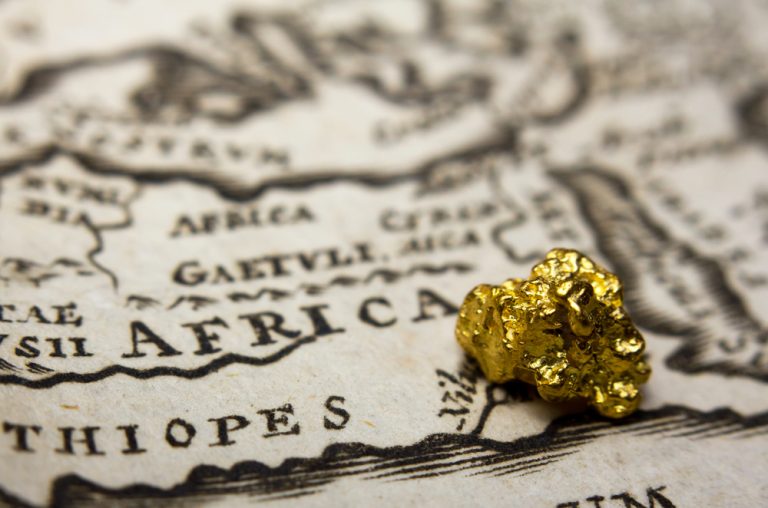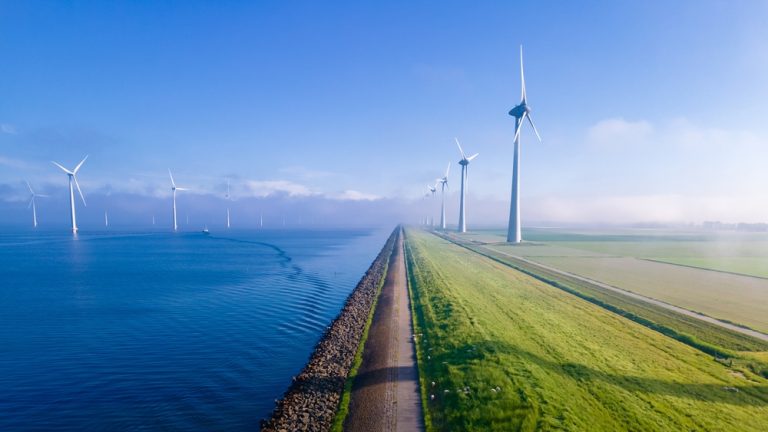
The configuration of the new world order – regional leaders, coalitions and confrontations
In many of our previous publications we have repeatedly mentioned that the “world order” has undergone serious changes and a new “Cold War” is coming. The previous version of a bipolar world, where the USSR confronted the United States, probably comes to mind. Nevertheless, the analogy can only partially be applied. Back then, the two militarily and economically strongest powers confronted each other on the ideological battlefield of communism and capitalism, and any country, even the “non-aligned” ones, had to choose one of the camps to a greater or lesser extent. Despite the presence of two leaders of the new confrontation, China and the United States, the global political and bloc model will be much more diverse. The new world giants will have to compete without a pronounced ideological conflict, which will have a more blurred and bizarre form. In addition, outside the clear two blocs, there will be many regional superpowers that can take sides with one or the other camp, while actively competing with each other. However, we need to talk about everything in order.

To begin with, we must talk about the new conditions in which the U.S. will exist. After 1991 this country achieved absolute hegemony, and they tried to realize it by spreading the ideology of liberal multiculturalism, where all borders of nations and cultures would be eventually erased and the U.S. and the West as a whole would become the center of the new global world. In fact, even in Europe such a policy proved to be unsuccessful and few countries were willing to lose their national identity. Today it is clear that idealistic globalization has completely failed, and the world will consist of autonomous countries and alliances. At the same time, economic growth in the U.S. began to slow down significantly, and it lost the status of the “new workshop of the world”, which it had possessed since the beginning of the 20th century. Against the backdrop of the loss of developmental impetus and unity in the face of an external rival, an internal civil conflict arose in the United States, which was also caused by the fact that not everyone inside the country accepted the new liberal ideology. Nevertheless, as the new confrontation develops, the U.S. may try to adopt an ideology that could be both a development of ideas of liberal freedom and globalism against a “national and totalitarian” China with a return of “white conservatism” against the “Asian threat”.
Despite the fact that the U.S. still has a very serious economic, scientific, and, most importantly, military potential, the country will have to give up total control over all regions of the world, and focus on strengthening regions where it can maintain more rigid “discipline”. Certainly, such a region could be Europe, which the U.S. is now calling for cooperation against the “Russian threat”. Europe is closest to the United States culturally, and also under their political control, but in the new hierarchy Europeans will have to take a subordinate economic position, which will lead to their impoverishment. For this reason, European countries will constantly try to get out from under such unfavorable tutelage, and the role of the EU, if such a union persists in its present form, will be seriously diminished. Latin America will remain the second traditional region of American influence, but, as during the Cold War, the region will be shaken by anti-American liberation movements, and the strongest countries, such as Brazil and Mexico, will constantly try to take the place of independent regional leaders. Another important pillar of American influence will be the East Asian countries that have historically feared the rise of Chinese influence – Japan, South Korea, Vietnam, and probably a number of other states in the region. Occasionally, this could also include Australia and New Zealand, whose integration with the U.S. will be higher for objective reasons. The U.S., however, will have to work hard to maintain their loyalty and not let them drift into the “non-aligned bloc”.
If we consider the role of China in the new “world order,” it will finally become not only the second economic (and here it will soon become the first), but also the political pole of the world. Nevertheless, it is the economy that will remain the key lever of influence of the Chinese. This region has repeatedly been the richest in the world’s history and is reclaiming that status. After abandoning communist dogma in the mid-1980s, China made a dramatic leap and became the industrial center of the world. There is no doubt that within the next 10 years China will surpass the United States in terms of economic development. Despite the fact that the country already has allies, such as the Democratic People’s Republic of Korea, Nepal or Myanmar, it is unlikely that the Chinese will create a formalized military-political bloc. They will rely on formally neutral countries, firmly linked to China by its economic influence expressed in foreign debt and the Chinese infrastructure operating in the country. And already good half of Asia and almost all of Africa are under such influence. Nevertheless, China will build up its military power by expanding the network of foreign military bases and in case of aggressive behavior by the United States and NATO its own military and political bloc may well form around it. The same applies to the Chinese economic concept “One Belt One Road”, which can be transformed into an ideological construct of autonomy and independence from the United States as the world leader.

The two most influential world powers of the second order will be Russia and India. Due to the pressure of the U.S. and European countries on Russia because of the conflict in Ukraine, it is being persistently pushed into the arms of China, and today Russia is rather its ally. However, later it can use its geopolitical importance and play its neutrality between the two blocs. Despite its relative economic weakness, Russia has serious natural and energy resources. But Russia’s biggest advantage is its arsenal of nearly 1,500 nuclear warheads, which can target the U.S. or China, making it a key player in military strategic deterrence. India is more similar to China in its rapid economic development, and for purely geographical reasons competes with it and could become an ally of the U.S. bloc. On the other hand, like Russia, India could benefit more from neutrality, and therefore would not take sides.
In addition to the already mentioned Japan, South Korea and Brazil, the key countries of the Middle East, where the Cold War has long been going on, will be serious regional players. Previously, Iran was a “rogue country” in the region, and the U.S. relied on Saudi Arabia, Israel and Turkey. The Americans themselves have decided to reconsider their orientation in the region and no longer support their trusted allies by becoming an arbiter between conflicting states. Their plan failed because they overestimated their own diplomatic capabilities and strengthened each of these four countries. A “nuclear deal” was never reached with Iran, Turkey continues to trade with Russia and threatens U.S.-loyal Greece, and Saudi Arabia is unwilling to increase oil production, which should lead to lower gasoline prices and economic tensions with the United States. This does not mean that these countries have become hostile to the United States or allied with China, but in foreign policy they will now act independently and will not blindly follow Washington’s instructions. The new world order will be unpredictable, colorful and competitive.


I have read your article carefully and I agree with you very much. This has provided a great help for my thesis writing, and I will seriously improve it. However, I don’t know much about a certain place. Can you help me?
Cool. I spent a long time looking for relevant content and found that your article gave me new ideas, which is very helpful for my research. I think my thesis can be completed more smoothly. Thank you.